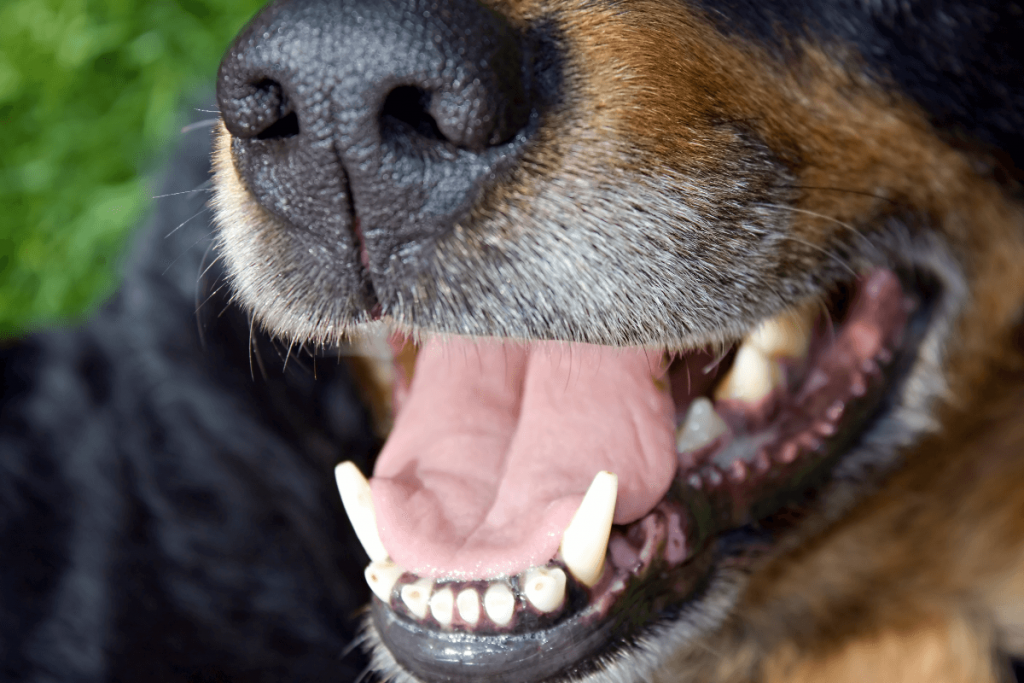Did you know that gum disease is the main cause of dental problems in pets, rather than issues with their teeth?
Gum disease is the most common dental issue we see in pets. While it is quite treatable in the early stages, if it isn’t caught early, your pet can experience a range of issues including chronic pain, eroded gums and loss of teeth.
What’s the difference between gingivitis and gum disease?
The early stage of gum disease is called gingivitis. This is caused by the build-up of plaque and tartar in your pet’s mouth, which causes irritation and swelling of the gums. It’s quite tricky to know if your pet has gingivitis as it doesn’t cause them any pain, however, you may notice their gums appear red rather than pink.
When gingivitis is left untreated, the bacteria can invade and destroy the tissues under the gums, causing advanced gum disease. If the condition is allowed to continue, the more advanced stage of gum disease – known as periodontal disease – may occur. The bone supporting the teeth starts to break down, leaving the roots of the teeth exposed and sensitive in some cases. Spaces develop between the teeth and the teeth start to get loose.
Once periodontal disease has set in, unfortunately, the only option is to remove the offending tooth to help the rest of the mouth and body stay healthy. Research has connected gum disease with other health conditions, such as diabetes and heart disease, so it’s important to seek treatment early.
Signs to look out for
Detecting signs of gum disease can be difficult, but the most obvious symptom is smelly breath. A bad odour from your pet’s mouth is the result of a bacterial infection, and the more infection present, the greater the odour. While your pet’s breath is never going to smell minty fresh, bad breath is not normal, and should be investigated by a vet.
A few other things to look out for that may indicate gum disease include:
- Red, inflamed or bleeding gums
- Difficulty eating
- Drooling
- Discolouration of teeth
- Pawing at the mouth
The best way to get on top of gum disease before it progresses is through regular dental health checks for your cat or dog.
While gingivitis may be hard for you to spot as a pet owner, your vet will be on the lookout for signs each time your pet comes in for an appointment.
Can gum disease be prevented?
The good news is that gum disease can be prevented with good oral hygiene and regular check-ups at the vet. By being proactive with your pet’s oral health at home, the plaque on your pet’s teeth can be removed before bacteria can harm the gums.
- Dental chews and toys are a great way to reduce plaque build-up
- A good quality dental food is useful since as it is chewed, instead of shattering, it keeps its form and rubs the teeth clean
- Daily brushing of the teeth (or at least once a week), especially the back teeth, will greatly assist with your pet’s oral health.
Is it time for a dental health check?
If it’s been a while since your pet has had a dental check-up, then now’s the time to schedule one in. Our annual health checks include a thorough dental examination and are a great way to get a complete assessment of your pet’s oral health.
Book your pet’s check-up online at our Gawler East vet clinic, or call us on 08 8318 1801.



